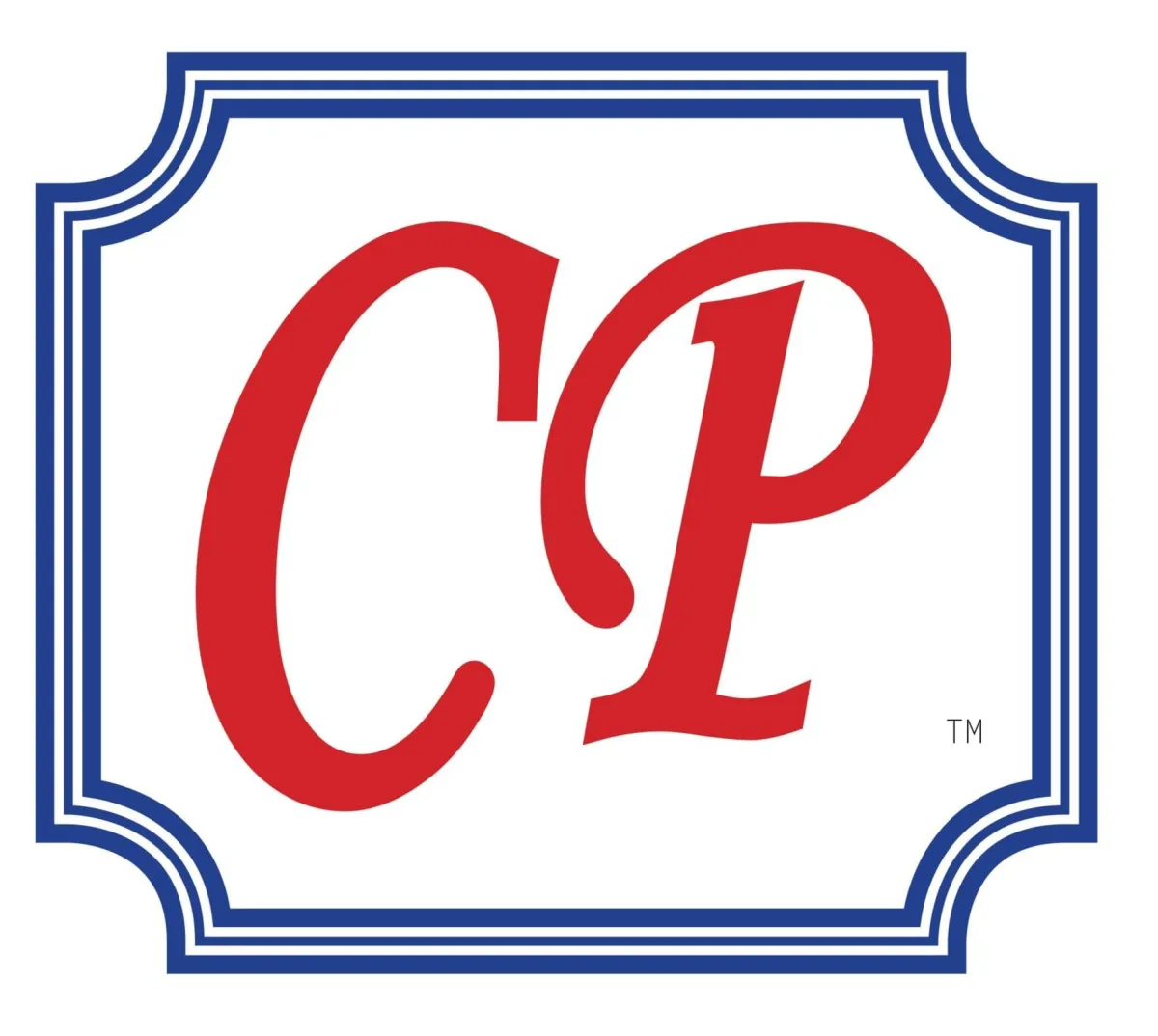MEET & GREET With Jill
Jill Clifford , Managing Agent
Join Jill at one of her local upcoming events!
Jill Will Be Covering:
* "ABCD's of Medicare" * Free Educational event on the basics of Medicare and your choices for coverage
* No cost nor obligation

MEET & GREET
Attend One Of Jill's Local Workshops and Receive Updates and Announcements 100% FREE!
September 26, 2024
10 am - noon
Auburn Annual Health Fair
Auburn Senior Center Gym 808 9th St SE, Auburn, WA 98002
October 5, 2024
1 pm - 2:30 PM
Auburn Public Library
1102 Auburn Way S,
Auburn, WA 98002
October 24, 2024
11 am - 2:00 PM
Health & Wellness Fair
25035 104th Ave SEKent, WA 98030
Sponsored By:Cogir of Kent, Senior Living
Articles Quick Access
The ABCD’s of Medicare – Medicare Supplement Pros and Cons by Jill Clifford
Today, we will cover some of Medicare Supplement (Medigap) plans, pros and cons, and decision points. With Medigap plans, the individual must have both Medicare Parts A and B. Although these plans are designed to cover most deductibles, coinsurance, and copayments of Medicare Parts A and B, they do not include prescription drug coverage. So, required credible prescription drug coverage must be obtained through a retirement plan, veteran benefits, or a stand-alone prescription drug plan.
In Medicare supplement plans, there is no standard coverage for hearing, vision, or dental. Hearing is only covered for balance problems, vision for eye infections or cataracts, and dental only in the case of accidents involving broken jaw, etc. While some Medicare Advantage, Part C plans offer these benefits, an individual cannot enroll into both a Medicare Advantage plan AND a supplement plan. Also, Medicare does not cover regular chiropractic visits, acupuncture, or most other alternative medical care.
Medigaps plans are either guaranteed issued (as when turning age 65) or they are underwritten. However, nce enrolled in a Medicare supplement plan, an individual cannot be canceled or singled out for rate increases as a result of health problems and expenses, as long as they pay the plan and Part B premiums. Rate increases must be on the total class of covered individuals, such as by age. Smokers will always be subject to a higher rate than non-smokers.
There are numerous advantages to Medicare supplement plans:
* The plans are accepted by any provider who accepts Medicare, with no network restrictions, no needed referrals for specialists, and few limitations on the amount or frequency of medical care. However, except for Plans C and F, the Part B deductible must be paid ($226 in 2023).
* Most Medigap Plans G and N have some foreign travel emergency coverage, which is not covered under original Medicare. (Check the plan for details.)
* There are few limits on the maximum costs that are covered. For one, original Medicare will cover up to 150 hospital days for a single stay, using up the 60 lifetime reserve days. Most Medigaps will cover an additional 365 hospital days after the reserve days have been used. Skilled nursing coverage is limited to 100 days on both original Medicare and Medigap.
* There is a variety of plans (A through N) available with premium rates depending on the company and level of coverage. If an individual accepts more medical coinsurance risk, the premium cost can be less, for example taking a Plan N rather than a Plan G. There are many different companies offering Medigap plans, but remember CMS requires that these plans are standardized in their coverage. We need to ask: How strong is the company, and number of people currently covered? How supportive is their customer service? What is the initial enrollment premium? Are the rate increases standard year after year, like 3% per year, or sporadic and unpredictable? Is there a point at which the premium “freezes” and the individual pays that amount for coverage for the rest of their lives? How competitive are the premiums at higher ages? Are there added benefits, like a 24 hour nurse hotline, or gym or YMCA memberships? These should all be considered before enrolling into a Medigap plan.

